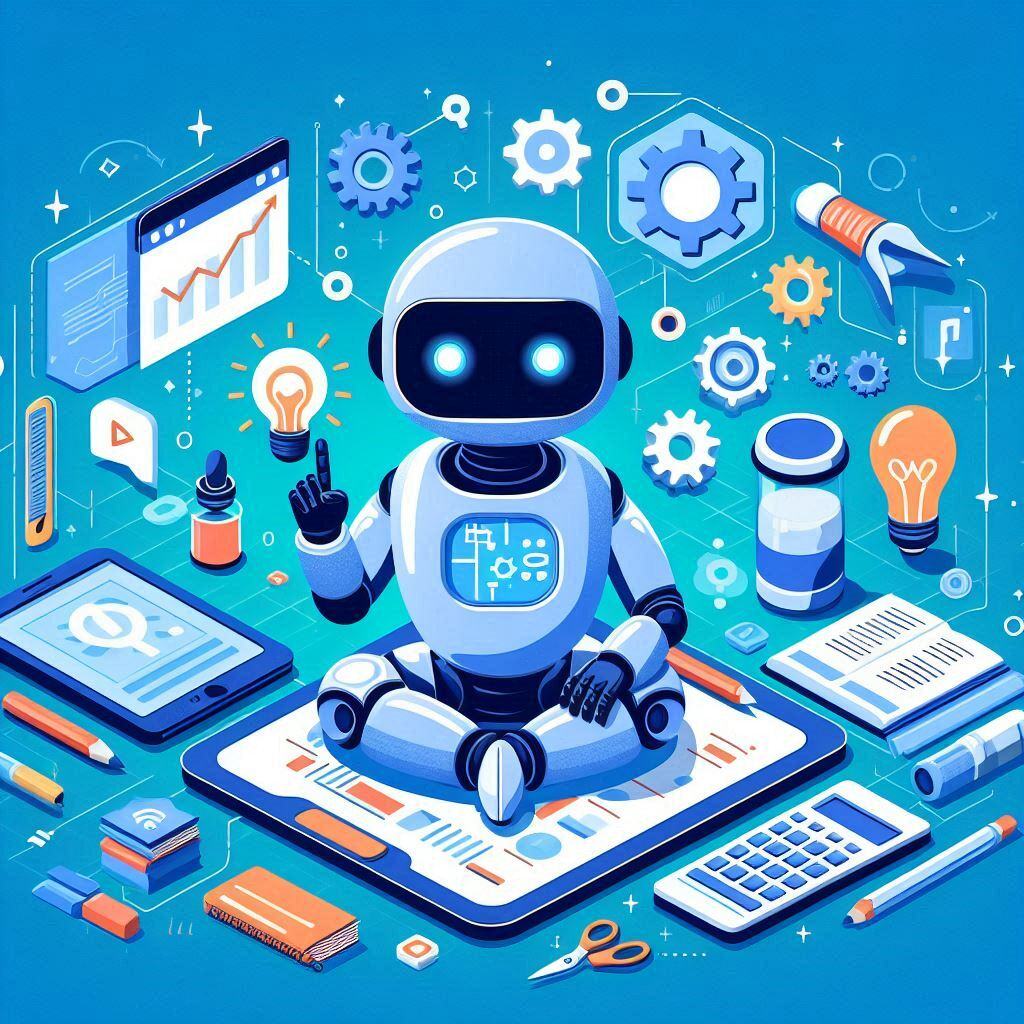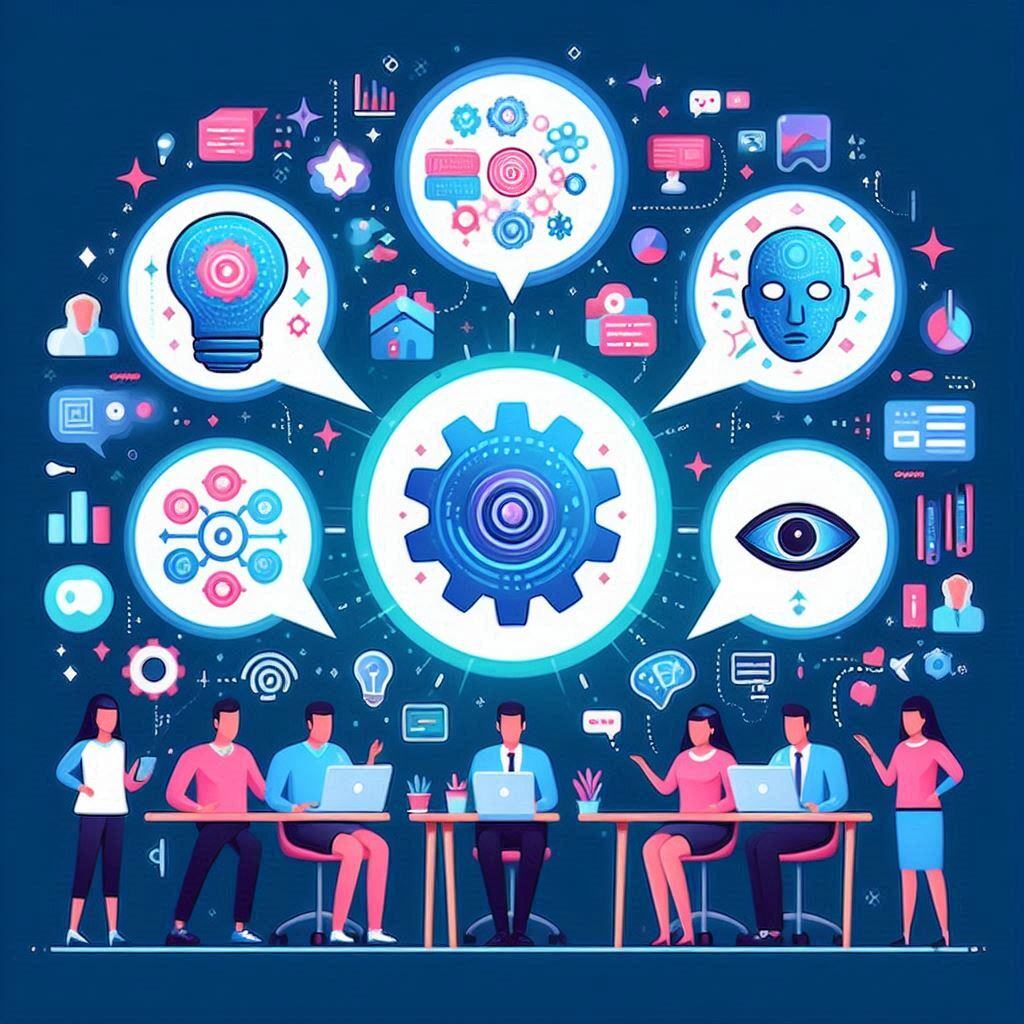How to Build AI Tools Without Coding: A Step-by-Step Guide
Artificial Intelligence (AI) is transforming industries by automating tasks, enhancing decision-making, and driving innovation. Traditionally,...
Discover how rule-based AI simplifies decision-making with clear, consistent logic. Learn its components, benefits, and applications in various industries.
While the buzz around AI often centers on complex machine learning models, rule-based AI offers a unique advantage: transparency. In a world where understanding the "why" behind decisions is increasingly crucial, rule-based AI provides a clear, explainable path to how conclusions are reached. This makes it a powerful tool for applications where accountability and trust are paramount, such as healthcare, finance, and legal domains. In this guide, we'll delve into the inner workings of rule-based AI, exploring how it functions, the benefits it offers, and how it's being used to solve real-world challenges across industries.
At its core, rule-based AI is a type of artificial intelligence that operates on a set of "if-then" rules. These rules are crafted by subject matter experts, codifying their knowledge and expertise into a logical framework. When the AI encounters a situation, it evaluates the conditions of each rule and executes the corresponding action if the conditions are met. This process continues until a desired outcome is reached or no further rules apply.
Let's break down the key components that make rule-based AI tick:
The decision-making process within a rule-based AI system involves a few key steps:
Rule-based AI offers several distinct advantages:
Tired of drowning in repetitive tasks? Wish you could make faster, data-driven decisions without sifting through endless spreadsheets? Rule-based AI isn't just for tech giants – it's a practical tool that can transform the way you work, no matter your industry or technical expertise.
Let's explore how rule-based AI can be your secret weapon for:
At Integrail, we're committed to making AI accessible to everyone. Our intuitive platform allows you to build custom rule-based AI solutions without any coding experience. Contact us today to discover how we can help you unlock the full potential of rule-based AI for your business.

Artificial Intelligence (AI) is transforming industries by automating tasks, enhancing decision-making, and driving innovation. Traditionally,...

AI tools are transforming how businesses and individuals manage information. At Integrail, we are committed to making these tools accessible and...

As AI systems become more embedded in everyday life, organizations and users need to understand why and how AI makes decisions. This is where...
Start your journey with Integrail

Try AI Studio by Integrail FREE and start building AI applications without coding.

NEW White Paper: Discover how AI Studio accelerates your workflows